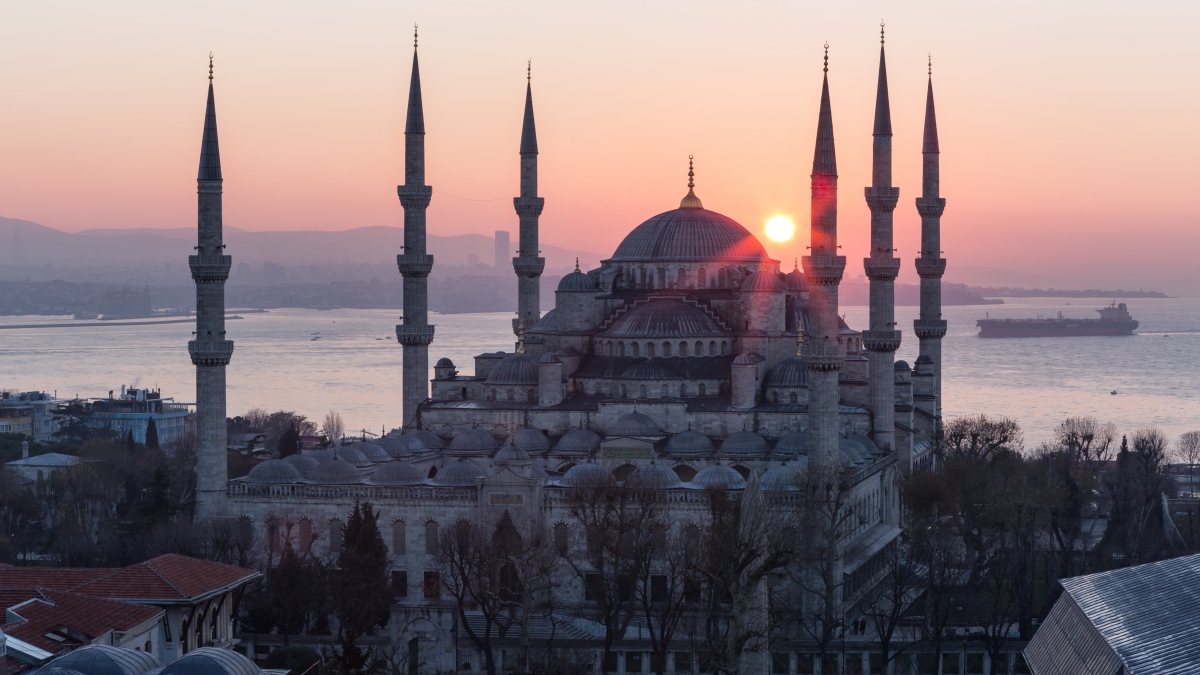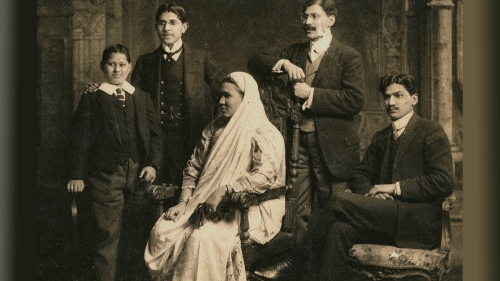Blue Mosque: The Jewel of Istanbul

Architecture
The Sultan Ahmed Mosque has one main dome, six minarets, and eight secondary domes. The design is the culmination of two centuries of Ottoman mosque development. It incorporates some Byzantine Christian elements of the neighboring Hagia Sophia with traditional Islamic architecture and is considered to be the last great mosque of the classical period. The architect, Sedefkâr Mehmed Ağa, synthesized the ideas of his master Sinan, aiming for overwhelming size, majesty and splendour.


Interior
At its lower levels and at every pier, the interior of the mosque is lined with more than 20,000 handmade İznik style ceramic tiles, made at Iznik (the ancient Nicaea) in more than fifty different tulip designs. The tiles at lower levels are traditional in design, while at gallery level their design becomes flamboyant with representations of flowers, fruit and cypresses. The tiles were made under the supervision of the Iznik master. The price to be paid for each tile was fixed by the sultan’s decree, while tile prices in general increased over time. As a result, the quality of the tiles used in the building decreased gradually.
The upper levels of the interior are dominated by blue paint. More than 200 stained glass windows with intricate designs admit natural light, today assisted by chandeliers. On the chandeliers, ostrich eggs are found that were meant to avoid cobwebs inside the mosque by repelling spiders. The decorations include verses from the Qur’an, many of them made by Seyyid Kasim Gubari, regarded as the greatest calligrapher of his time. The floors are covered with carpets, which are donated by the faithful and are regularly replaced as they wear out. The many spacious windows confer a spacious impression. The casements at floor level are decorated with opus sectile. Each exedra has five windows, some of which are blind. Each semi-dome has 14 windows and the central dome 28 (four of which are blind). The coloured glass for the windows was a gift of the Signoria of Venice to the sultan. Most of these coloured windows have by now been replaced by modern versions with little or no artistic merit.
The most important element in the interior of the mosque is the mihrab, which is made of finely carved and sculptured marble, with a stalactite niche and a double inscriptive panel above it. It is surrounded by many windows. The adjacent walls are sheathed in ceramic tiles. To the right of the mihrab is the richly decorated minber, or pulpit, where the imam stands when he is delivering his sermon at the time of noon prayer on Fridays or on holy days. The mosque has been designed so that even when it is at its most crowded, everyone in the mosque can see and hear the imam.
The royal kiosk is situated at the south-east corner. It comprises a platform, a loggia and two small retiring rooms. It gives access to the royal loge in the south-east upper gallery of the mosque. These retiring rooms became the headquarters of the Grand Vizier during the suppression of the rebellious Janissary Corps in 1826. The royal loge (hünkâr mahfil) is supported by ten marble columns. It has its own mihrab, which used to be decorated with a jade rose and gilt and with one hundred Qurans on an inlaid and gilded lecterns.
The many lamps inside the mosque were once covered with gold and gems. Among the glass bowls one could find ostrich eggs and crystal balls. All these decorations have been removed or pillaged for museums.
The great tablets on the walls are inscribed with the names of the caliphs and verses from the Quran. They were originally by the great 17th-century calligrapher Seyyid Kasim Gubari of Diyarbakır but have been repeatedly restored.


Exterior
The facade of the spacious forecourt was built in the same manner as the facade of the Süleymaniye Mosque, except for the addition of the turrets on the corner domes. The court is about as large as the mosque itself and is surrounded by a continuous vaulted arcade (revak). It has ablution facilities on both sides. The central hexagonal fountain is small relative to the courtyard. The monumental but narrow gateway to the courtyard stands out architecturally from the arcade. Its semi-dome has a fine stalactite structure, crowned by a small ribbed dome on a tall tholobate. Its historical elementary school (Sıbyan Mektebi) is used as “Mosque Information Center” which is adjacent to its outer wall on the side of Hagia Sophia. This is where they provide visitors with a free orientational presentation on the Blue Mosque and Islam in general.
A heavy iron chain hangs in the upper part of the court entrance on the western side. Only the sultan was allowed to enter the court of the mosque on horseback. The chain was put there, so that the sultan had to lower his head every time he entered the court to avoid being hit. This was a symbolic gesture, to ensure the humility of the ruler in the face of the divine.
Minarets
The Sultan Ahmed Mosque is first one of the two mosques in Turkey that has six minarets, the second one being the Sabancı Mosque in Adana. When the number of minarets was revealed, the Sultan was criticized for being presumptuous, since this was the same minarets number as at the mosque of the Ka’aba in Mecca. He overcame this problem by ordering a seventh minaret to be built at the Mecca mosque.
Four minarets stand at the corners of the Blue Mosque. Each of these fluted, pencil-shaped minarets has three balconies (Called Şerefe) with stalactite corbels, while the two others at the end of the forecourt only have two balconies. Before the muezzin or prayer caller had to climb a narrow spiral staircase five times a day to announce the call to prayer.
Today, a public announce system is being used, and the call can be heard across the old part of the city, echoed by other mosques in the vicinity. Large crowds of both Turks and tourists gather at sunset in the park facing the mosque to hear the call to evening prayers, as the sun sets and the mosque is brilliantly illuminated by colored floodlights.

Topics: Blue Mosque, Islamic Art And Architecture, Istanbul, Mosque, Travel, Turkiye
Views: 89376
Related Suggestions

















